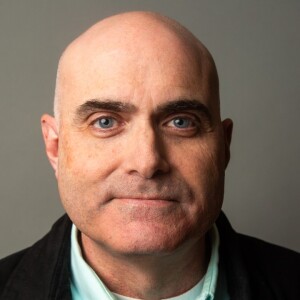TULSA, Okla. — An Ogden veteran of World War I is the first victim of one of the darkest chapters of American history to be identified through the use of DNA.
Officials announced Friday that the remains of C.L. Daniel have been positively identified as a victim of the 1921 Tulsa Race Massacre, the first in a project led by a Utah forensics company to use DNA to identify those previously unknown who were among the hundreds possibly killed during the episode of racist mob violence.
On June 1, 1921, thousands of homes in an affluent area of the city known as Black Wall Street were burned by white Tulsa residents, while businesses were looted and destroyed. According to the Associated Press, between 75 and 300 people were killed during the massacre, with most buried in unmarked graves.

A century later, Intermountain Forensics, a nonprofit Utah-based laboratory, began working on a project launched by the City of Tulsa to locate graves in Oaklawn Cemetery and exhume remains in hopes of identifying victims.
On Friday, the city announced that Daniel was the first victim to be identified through the project's efforts.

An Ogden resident as late as February 1921, it's not known why Daniel was in Tulsa at the time of the massacre, although a letter he had written showed he was been looking for work so he could move to Georgia to be with his mother. In the letter, Daniel wrote that if the government had a job for him, he would work for them "until I die."
Despite not knowing why Daniel stopped in Tulsa during his travels, a letter (below) from his family's attorney on behalf of his mother to the U.S. Veteran's Administration said "C. L. was killed in a race riot in Tulsa Oklahoma in 1921."
After exhuming Daniel's body from the cemetery, the forensics team compared his DNA to those within his family. Ensuing research of family lines connected three of Daniel's brothers from a similar time frame as massacre. The project is now working to determine if any of Daniel's brothers were also connected to the incident.
"This is the first discovery of its kind in American history, and I am grateful for the countless hours spent by the team at Intermountain Forensics and the field experts and historians who selected these locations and carefully worked to uncover the truths of what happened in 1921," said Tulsa Mayor G.T. Bynum in a statement.
The team said Daniel was not married and had no children at the time of his death.





